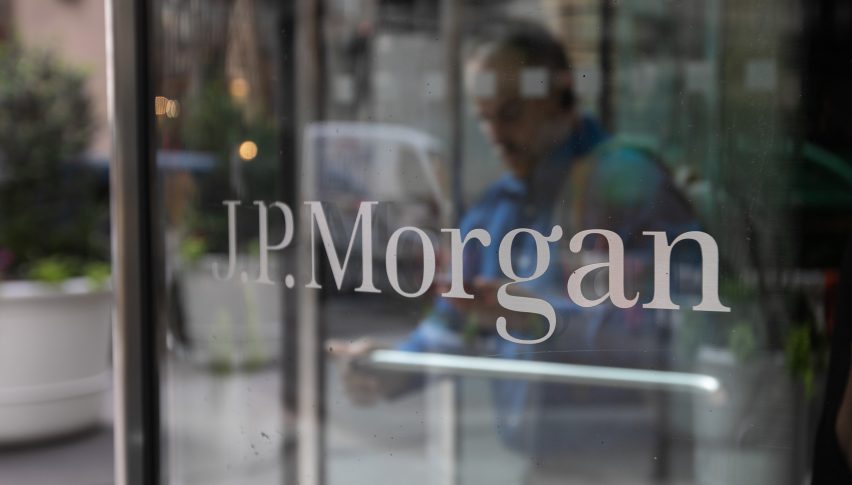J.P. Morgan Sees the S&P 500 Hitting 8,000 by 2026
The projection starts from a backdrop in which S&P 500 companies are expected to post annual earnings-per-share (EPS) growth of 13%.

Quick overview
- J.P. Morgan predicts that monetary policy will significantly influence the S&P 500's performance over the next year.
- The bank forecasts the S&P 500 could reach 7,500 points by the end of 2026, driven by strong earnings growth and increased investment in AI.
- In a more favorable scenario with deeper interest-rate cuts, the index could exceed 8,000 points, contingent on robust earnings and tech investment.
- Despite optimism, J.P. Morgan acknowledges risks such as high valuations and potential economic slowdowns that could impact market gains.
J.P. Morgan says monetary policy will be the key driver of the S&P 500’s trajectory over the next year.

The bank has laid out one of Wall Street’s most optimistic scenarios for the coming two years: it expects the S&P 500 to reach 7,500 points by the end of 2026, supported by a stronger earnings cycle, easier financial conditions, and a structural boom in investment tied to artificial intelligence (AI).
Under an even more accommodative scenario—one in which the Federal Reserve (Fed) delivers deeper interest-rate cuts—the index could climb past 8,000 points, according to Dubravko Lakos-Bujas, J.P. Morgan’s chief equity strategist.
The projection starts from a backdrop in which S&P 500 companies are expected to post annual earnings-per-share (EPS) growth of 13% to 15% over the next two years.
AI remains the engine behind the S&P 500
Lakos-Bujas argues that this strength would stem not only from a rebound in U.S. economic activity, but also from exceptionally high capital spending on AI technologies, digital infrastructure, and automation.
This phenomenon—described as a “new investment supercycle”—is reshaping entire sectors and lifting overall productivity.
J.P. Morgan also stresses the decisive role of monetary policy. Markets currently expect moderate rate cuts in 2025 and 2026. But if inflation cools more quickly, enabling a faster pace of easing, equity valuations could expand further.
This is the scenario that opens the door for the S&P 500 to approach the 8,000-point mark, provided strong earnings growth, lower rates, and sustained tech investment all materialize.
Optimistic, but not blind to risks
Despite the upbeat tone, the bank warns of potential headwinds. The index is already trading at demanding valuations, meaning much of the future optimism is already priced in.
A sharper global slowdown, an unexpected Fed pivot, or a cooling of enthusiasm around AI could limit gains or trigger pullbacks. The growing dominance of mega-cap tech companies—responsible for a disproportionate share of earnings—also raises concentration risks and potential volatility.
Still, J.P. Morgan believes market fundamentals remain strong enough to support a prolonged expansion. With rising profits, looser financial conditions, and a new wave of tech investment, the bank sees the S&P 500 entering a growth phase that could redefine the U.S. market’s trajectory through the middle of the decade.
- Check out our free forex signals
- Follow the top economic events on FX Leaders economic calendar
- Trade better, discover more Forex Trading Strategies
- Open a FREE Trading Account